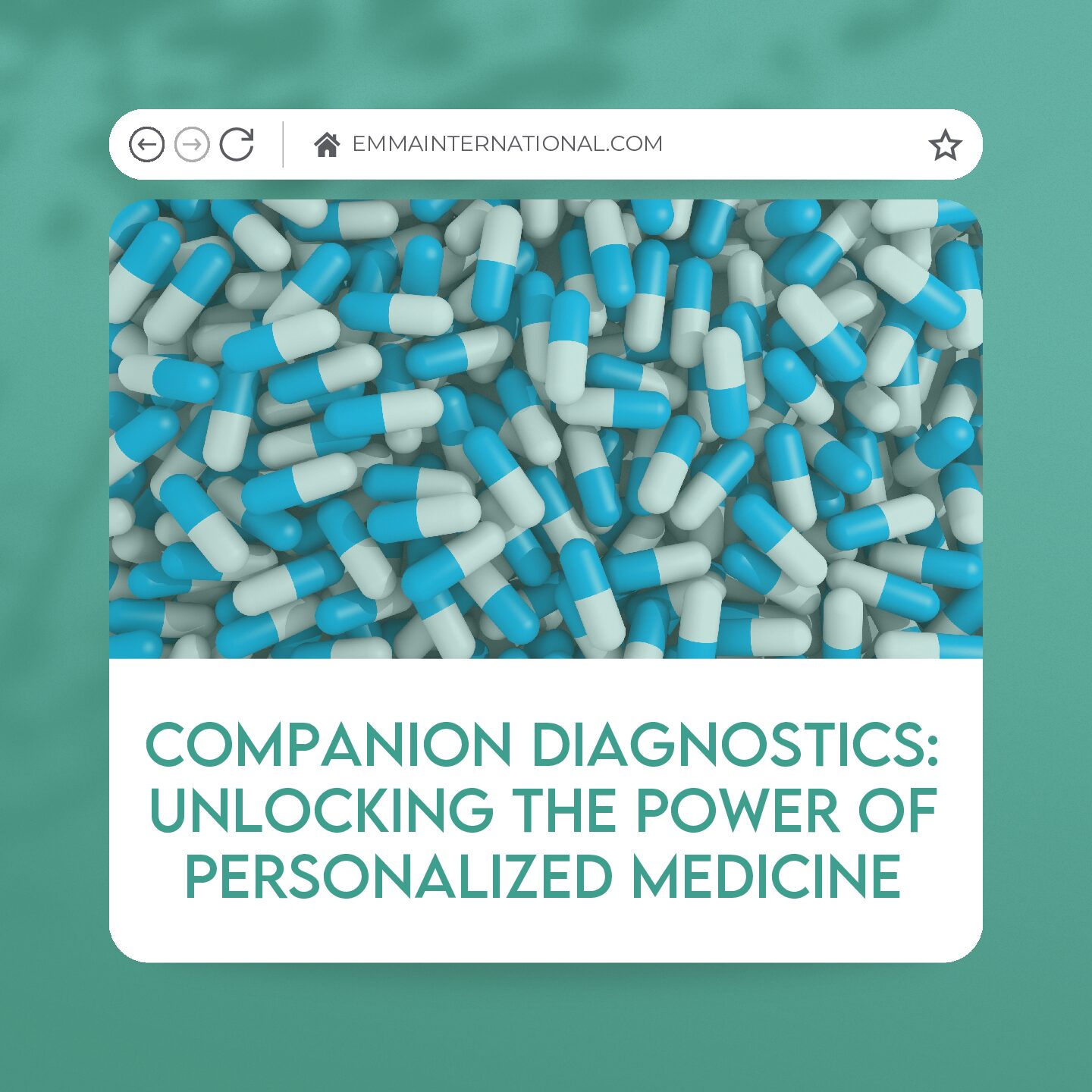In the past, FDA’s guidance on post approval changes made to New Drug Applications (NDAs), Abbreviated New Drug Applications (ANDAs), and Chemistry Manufacturing and Controls (CMC) has been ambiguous and hindered continuous improvement of pharmaceutical manufacturing processes. NDA and ANDA holders are expected to perform risk-based evaluations to determine the potential of the proposed change to have an adverse effect on quality [1]. Changes with minimal adverse effect potential may be documented in the next annual report, while changes with major adverse effect potential require supplement submission [1]. Confusion over post approval changes, and the adoption of a “better safe than sorry” mentality by manufacturers, leaves the Center for Drug Evaluation and Research (CDER) struggling to review thousands of supplements annually. Pfizer alone has approximately 24,000 post approval changes a year [2]. Furthermore, requiring agency approval has discouraged continuous improvement, allowing subpar quality manufacturing practices to become the norm. Drug shortages have ensued because manufacturers fail to see the benefit of improving manufacturing process that will ultimately lead to changes requiring time and money to obtain CDER approval [2].
In 2012, CDER announced it would be creating the Office of Pharmaceutical Quality (OPQ) to address several problems facing pharmaceutical companies. The OPQ took form earlier this year to act as a single CDER unit dedicated to product quality of all pharmaceutical products and manufacturing sites, and provide “one quality voice” oversight throughout the lifecycle of a pharmaceutical product [3]. CDER’s Director Janet Woodcock stated in 2012 that the creation of OPQ was influenced by both drug shortages and a lack of manufacturing modernization [4]. One OPQ strategy for addressing these issues is to relax regulatory oversight of manufacturers implementing a formalized quality-by-design (QbD) approach [2]. By utilizing QbD, manufacturers perform quality risk management that also improves product design, increases process understanding, encourages continuous improvement, and enhances the use of modern manufacturing and analytical technologies [5].
Quality-by-design is an approach that recognizes that “quality cannot be tested into products; it should be built in by design” [6]. QbD incorporates prior knowledge, statistically designed experiments, risk analysis and knowledge management. Encouraging pharmaceutical companies to practice QbD is CDER’s way of encouraging them to ensure that their manufacturing processes are robust, and to develop an advanced understanding of their products and manufacturing processes [7]. This enhanced knowledge serves as evidence to CDER that the company has earned flexible regulatory oversight.
To implement QbD, pharmaceutical companies must ensure they are capable of appropriately utilizing the tools of QbD. Tools of QbD include design of experiments, risk management, statistical quality control techniques, mechanistic models, and understanding of processes and products. Quality management by inexperienced personnel is one of the main causes of poor quality processes and products [7]. Perhaps the greatest challenge for implementing QbD is the associated cost of experiments and documentation. Many small companies are under extreme funding constraints and will not be able to invest in such an expensive quality management system. However, if regulatory agencies release guidance documents on satisfying QbD requirements in a cost-effective manner, pharmaceutical companies of all sizes will benefit from the relaxed regulatory oversight offered by the OPQ [7]. As more companies implement QbD, pharmaceutical manufacturing processes will be advanced and the drug shortage problem facing our country can be alleviated.
- Guidance for Industry CMC Post approval Manufacturing Changes to be Documented in Annual Reports, FDA, Editor. 2014, CDER.
- Wechsler, J., Quality Systems Key to Lifecycle Drug Management. BioPharm International, 2015. 28(6): p. 8-10.
- A., Y., Office of Pharmaceutical Quality: Why, What, and How?, in NIPTE Annual Scientific Conference. 2015, FDA.
- Gaffney, A. FDA Launches New Drug Quality Office, With Goal of Improving the Pharmaceutical Industry. Regulatory Affairs Professionals Society. 2015. Available from: http://www.raps.org/Regulatory-Focus/News/2015/01/13/21061/FDA-Launches-New-Drug-Quality-Office-With-Goal-of-Improving-the-Pharmaceutical-Industry/.
- Wechsler, J., FDA Proposes Flexible Oversight for Quality Systems. Pharmaceutical Technology, 2008. 32(10).
- Lal, R., New Drug Quality, in Small Business Chronicles. 2012, CDER Small Business Assistance.
- Elliot, P., Billingham, S., Bi, J., Zhang, H., Quality by Design for Biopharmaceuticals: A Historical Review and Guide for Implementation. Pharmaceutical Bioprocessing, 2013. 2(1): p. 105-122.






